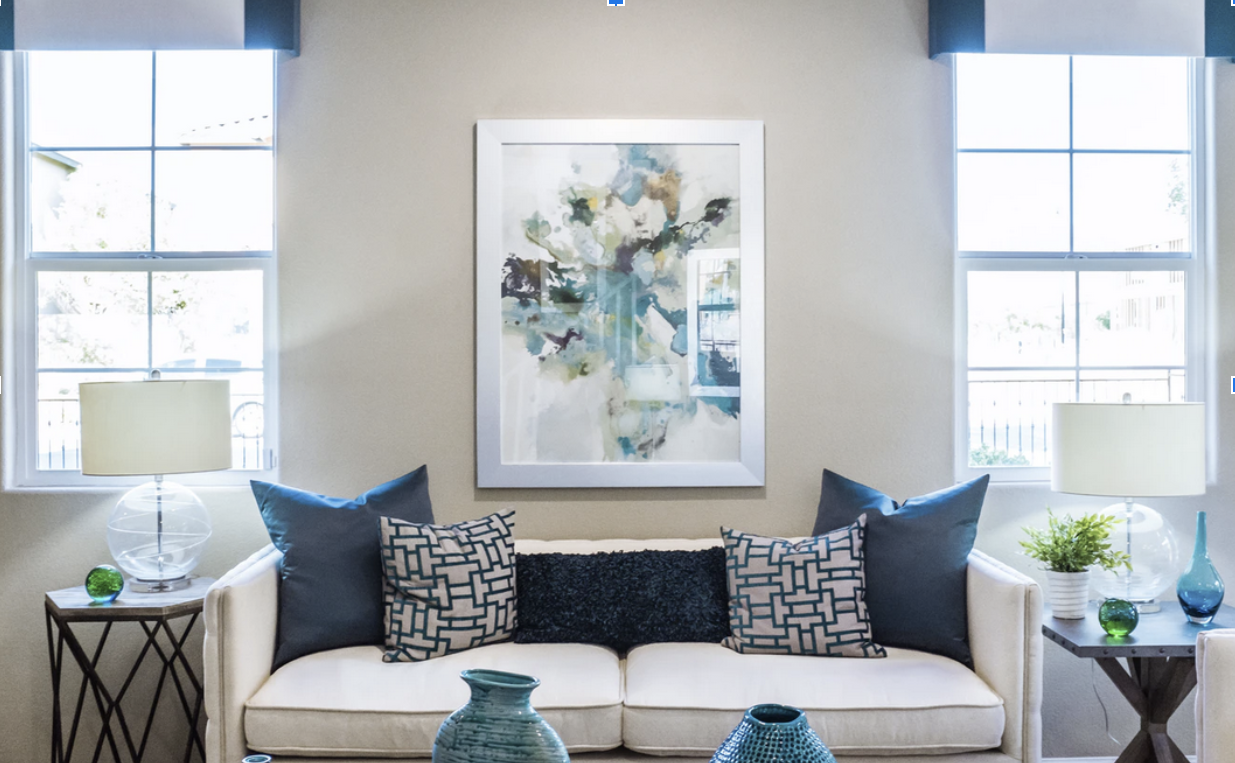
Reap the Rewards of Using Contextual Inquiry
As the name suggests, contextual inquiry is where a research team observes participants in their natural environment as they perform tasks. The research team asks questions throughout the session to clarify understanding or dig deeper into their actions.
I would summarize this research method as a combination of pure observational research and interviewing. Kind of like an in-person “show-and-tell” with intermittent Q&A.
At the start of our project with an international rent-to-own company, we conducted contextual inquiry at a few of their brick-and-mortar locations. We had the opportunity to observe operations, ask clarifying questions along the way, and capture key information such as delighters and frustrations. While our original focus was their point-of-sale system, the contextual inquiry revealed opportunities for improvement in other parts of the customer journey as well. A customer’s experience encompasses all of the touchpoints, no matter when they begin.
BREAKING IT DOWN
Now that you’ve gotten a general idea of what contextual inquiry is all about, let’s break it down into steps. As with the majority of research efforts, contextual inquiry should start with a plan (except for when you interview someone in line at the bank to understand their experience with depositing money, you know, for fun).
Step 1 – Plan
In his book “Six Crises”, President Richard Nixon paraphrased President Dwight D. Eisenhower, “In preparing for battle I have always found that plans are useless, but planning is indispensable.”
If you are serious about gaining valuable insights from a research effort, it is important to put together a plan with explicit research objectives, participant recruiting approach, team allocation, topics of interest, and a timeline.
For instance, on the project mentioned above, the initial research objectives were to understand the rent-to-own customer journey, company processes and business models, as well as employee delighters and frustrations. After doing preliminary interviews with the project champions, we decided to start by visiting three locations for 2-3 hours each.
It is important to remember that it is okay to adjust the plan when it is appropriate.
Step 2 – Observe & Inquire
With an initial plan created, you’re ready to conduct the research.
Here’s how it went for us. We observed employees interact with customers in person, initiate rent-to-own contracts, take payments, make follow-up calls, and even maintain the showroom. It is often valuable to have two researchers present so one can focus on observing and inquiring while the other is taking detailed notes. We captured the reactions of customers, the artifacts on their counter, the time it takes for them to boot up the system, the tone they used while on the phone with customers, and much more.
Try to capture the *context* as much as you can with photos, sketches, audio, and video. It’s the little things like the post-it notes on their computer monitor that give away the biggest clues for improvement opportunities.
Observing objectively and asking questions the right way can be challenging. Taking fast notes and capturing photos and sketches quickly can be challenging. More than anything, remember everything after multiple engagements can be challenging. Therefore, adding supplementary thoughts and context to the notes *immediately* after engagements can help jog your memory when it’s time to synthesize and report on the findings.
Step 3 – Synthesize & Report
After days of shadowing, observing, and interviewing multiple participants, you may have hours of audio/video and 50+ pages of notes, pictures, and sketches. How can you synthesize it all into actionable insights?
One way is to generate journey maps depicting the high-level steps that the participants took throughout your contextual inquiry session. You can enhance these journey maps with links to photos or sketches for more context, and create User Personas to represent participant motivations and behaviors.
An additional method for synthesis is grouping all delighters and pain points to uncover common themes and patterns among all of the participants.
The product team can use these context-filled artifacts to fuel ideation of features and solutions.
REAPING THE REWARDS
In comparison to other types of generative studies in the realm of user experience research, contextual inquiry is more resource and time intensive. However, contextual inquiry can provide a more comprehensive set of actionable insights.
When you ask someone to describe their day, they’ll likely provide the highlights since it is often difficult to recall specific details. Moreover, they may be skipping over parts of the day that they consider unimportant. These seemingly unimportant pieces could be great opportunities for improvement.
By observing and inquiring in person, you will be able to pick up on motivations, actions, delighters, and frustrations that participants would otherwise not remember or know to disclose in an interview. In addition, being present gives you the opportunity to capture visual representations of the context, which can be immensely useful when it comes time to design capabilities.
Recent blog posts

Stay in Touch
Keep your competitive edge – subscribe to our newsletter for updates on emerging software engineering, data and AI, and cloud technology trends.



